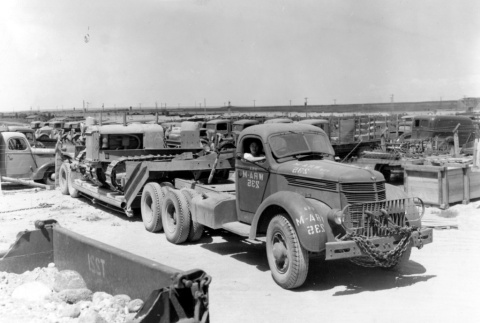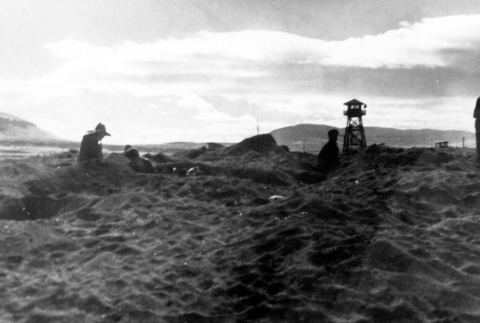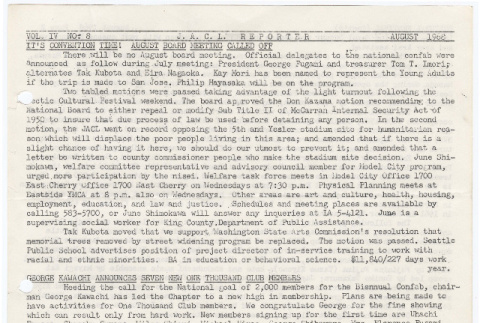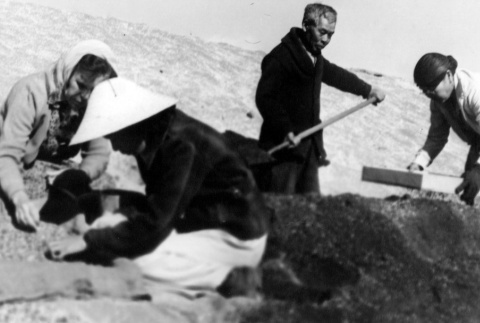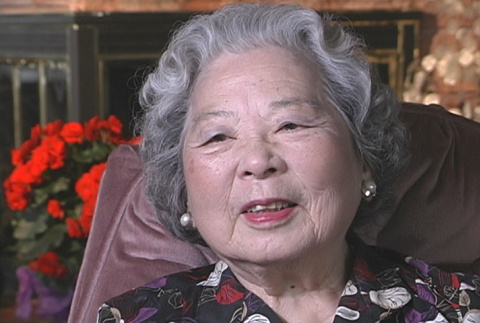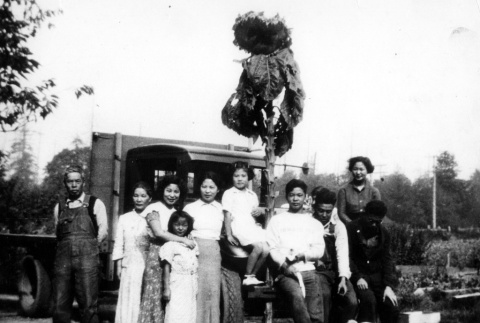34 items
- 1
- 2
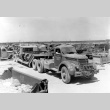
img
Japanese American in a camp truck (ddr-densho-2-43)
Peggie Yorita sits in a truck used at the Minidoka concentration camp. Peggie Bain believes that the trucks and farming equipment shown in this photo were being readied for sale since the camp was about to close.
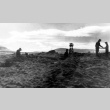
img
Japanese Americans digging for shells (ddr-densho-2-47)
These individuals are digging for shells to make jewelry, which was a popular pastime for many Japanese Americans in camp. Left to right: Kumataro Nishimura, Kadju Nishimura, Jimmie Yorita, Neal Frost (son of one of the teachers at Tule Lake), and Patsy Yorita. Tule Lake was drained in the early 1900s. The camp was located on …
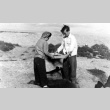
img
Japanese American and friend sifting for shells (ddr-densho-2-59)
Patsy Yorita (left) and Neal Frost, (son of a teacher at the Tule Lake concentration camp), sift dirt for shells. The shells were used by people in the camp to make jewelry. Tule Lake was drained in the early 1900s. The camp was located on the old lake bed, where people found shells for making jewelry …
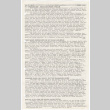
doc
Seattle Chapter, JACL Reporter, Vol. IV, No. 8, August 1968 (ddr-sjacl-1-98)
Bulletin covering the following topics: 30,000 people attend Japanese Cultural Festival; article by Ben Yorita on parallels of Nisei and Black Heritage; Oriental American School Transfer Program Announced; long article by Min Masuda, ?How Japanese are Japanese Americans??
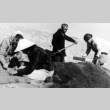
img
Japanese Americans digging for shells (ddr-densho-2-48)
Left to right: Peggie Yorita, Margaret Frost (wife of one of the camp's teachers), Kumataro Nishimura, and his wife, Kadju, dig and sift for shells at the Tule Lake concentration camp. Kumataro made the sieve by hand from scrap lumber and wire from a door screen. The shells were bleached and used for jewelry-making, which was …
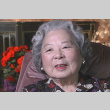
vh
Peggie Nishimura Bain Interview (ddr-densho-1000-170)
Nisei female. Born March 31, 1909, in Vashon Island, Washington. Raised in Vashon Island and Des Moines, Washington, before being removed with her two children to the Pinedale Assembly Center, California. Later transferred to Tule Lake concentration camp, California, and Minidoka, Idaho, before resettling in Chicago, Illinois. Lived and worked in Chicago before eventually returning to …
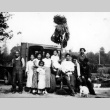
Collection
Bain Collection (ddr-densho-2)
The Bain collection, 1920s-1940s, focuses on the daily and recreational activities of the Nishimura and Yorita families, originally from Seattle, Washington. This collection contains several photographs of farming, fishing, and swimming. The majority of the collection focuses on the incarceration of the two families at Minidoka, Idaho, and Tule Lake, California. Many photographs document their jewelry-making …
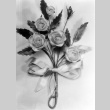
img
Jewelry made in camp (ddr-densho-2-49)
This corsage pin was made by Peggie Yorita, a Japanese American at the Tule Lake concentration camp. The flowers and leaves are composed of shells found at the camp. Tule Lake was drained in the early 1900s. The camp was located on the old lake bed, where people found shells for making jewelry to sell to …

doc
Pacific Citizen, Vol. 67, No. 10 (September 6, 1968) (ddr-pc-40-36)
Selected article titles: "JACL to campaign repeal of detention camp clause" (p. 1), "Dan Inouye's parents at Coyne St. home watch son deliver keynoter" (p. 1), "Civil rights dialogue at confab drafts 12-pt. consensus for JACL" (p. 1), "Parallels of Nisei aned Negro Heritage" (p. 4), "43% in Britain feel Japan not 'reliable' nation" (p. 4), …
- 1
- 2
